At last we have reached the midpoint in The People of Light and Shadow series featuring the characters and creatures of fairytale and folklore. As such, it’s a good time to review, consider, look back, look forward, and answer questions. Let’s get to it!
Ten Portraits, Ten Questions, Ten Answers
There are ten portraits in the series thus far, so here are ten little bits in the form of questions and answers.
What is the point of this series?
Primarily, it’s to create up-to-date examples of the kind of work that Distant Era does now, in order to gain future business. Secondarily, it’s to make beautiful art while spending time with friends.
How do you determine the focus of a series?
Distant Era creates fine art and portrait photographs of people and places from imagined pasts, possible futures, and magical realities. Science-fiction, fantasy, and history are our subject matter.
Each series begins with a learning objective, something about photography that I (Steven Townshend) want to learn or do better. For example:
Urban Fantasy: How to capture portraits on the street combining small, off-camera flash with ambient urban lights by night.
Portraits from a Distant Era: How to create painterly fantasy portraits with small, off-camera flash in studio.
Hauntings from a Distant Era: How to use Photoshop and other post-processing tools to create horror portraits with special effects in portraits using small, off-camera flash in studio.
Chicago—November 2019: How to use colored gels on small, off-camera flash to create cyberpunk/Blade-Runner-style portraits, incorporating post-processing effects.
The Contract: How to create a narrative sequence around a special life event (a maternity shoot) using small, off-camera flash.
The People of Light and Shadow: How to create fantasy portraits featuring motivated expression, paying close attention to the ratios of light and shadow. Also, using textures and post-processing effects to refine and heighten a portrait.
What will be the focus of the next series?
The next focus/challenge will have to do with setting. Rather than shooting vertically (portrait orientation), the images might be landscape and incorporate more scenic elements. As for the subject, it may have to do with the media I’m consuming right now, from books to board and electronic games to RPGs… But that’s a long way off yet.
What is your favorite aspect of The People of Light and Shadow?
This series is Distant Era’s most refined work thus far. After a long time between projects, it’s been nice to reconnect with friends and make something new in a series magnitudes larger than anything we’ve ever done.
What is your biggest regret about The People of Light and Shadow?
Putting a cap on the series is the hardest. The series started shooting in September, and as of February it’s only halfway finished. This is because for safety, comfort, and quality, we have done individual sessions rather than a cattle call.
What is has been the biggest challenge of The People of Light and Shadow?
Learning new Photoshop skills. It’s been excruciating, ponderous, and extremely rewarding.
Do you have a favorite portrait in the series, and which portrait has been the most challenging?
Favorites: Yes! No! It changes every week!
Challenges: The difficulty seems to increase every week, so as of this writing, “The Merrow” has been the most difficult, though I am currently struggling with portrait eleven. As with many artistic endeavors, the hardest part is figuring out what it’s going to be.
Why are the camera settings always the same?
Except for an slip up in “The Changeling,” which was shot at f/4, the portraits in this series are shot on an 85 mm lens at f/8, ISO 100, 1/200 sec.
They are shot on a fixed 85 mm lens because the longer the lens, the lesser the distortion. At 100 mm, there is minimal lens distortion, and at 85 mm, distortion is negligible. As lenses get wider (under 70 mm), there is more pronounced distortion at the edges of the frame. For example, wide iPhone cameras make us look nothing like our reflections in the mirror.
They are shot at f/8 because it’s an aperture with a relatively wide (and forgiving) depth of field and captures the textures on my backgrounds. Wider apertures will give a beautiful, soft bokeh behind the subject and blur the background (removing the texture on those backgrounds).
They are shot at 100 ISO because there is minimal digital noise at 100 ISO. I like to add my own grain and texture.
They are shot at a shutter speed of 1/200 because at that shutter speed and the settings above, there is no ambient light; images will be completely black without my lights, and the only light in the shot is the light I have created. Therefore, if something doesn’t look right, I can identify the problem and fix it; there isn’t light coming in from elsewhere that I can’t control.
I have learned to lock my camera so that I don’t accidentally change the settings (as I did on “The Changeling”).
What camera are you shooting with? What lighting?
I’m shooting with a six-year-old Canon 5D Mark IV. It is usually the last thing I think about, and in some ways the least meaningful tool in the work. Most of what I worry about is light and editing. Before that, I shot with a prosumer Canon 40D for nearly ten years. The most significant differences are the size of the image sensor and the resolution.
I shoot on a mix of paper and canvas backgrounds and then add in some textures. For light, I usually use a large rectangular softbox with a grid on it to restrict the light to where I want it, or else I use a small, gridded beauty dish. Those are very different lighting looks, so the choice depends on the subject matter. I add a second light behind the camera—a large, soft white umbrella—to push some light into the shadows. I often place a V-flat (a large piece of white foamcore) to the side of my subject opposite the main light in order to fill in shadows. Sometimes I add another light to the background or the subject’s hair, but not always. In previous series, I have used small, battery-powered, off-camera flashes, but in this one I’m using lights plugged into outlets.
How do people get in these Distant Era series? Can I get a portrait done?
The easiest and best way to get a portrait done is to commission one via the contact form at Distant Era. They start at $275. Commissioning a portrait session means you can have Distant Era portraits now.
The subjects in this series (and other Distant Era series) are a combination of close friends, collaborators, former clients, and independent creators and artists we admire. Some appear from series to series because we’re close friends and working together is effortless. The hardest thing about doing a series is the scope—not being able to work with every single wonderful and talented person we know.
Gratitude
At this midpoint, I wish to extend my great thanks to the subjects of these portraits and the contributors to the series thus far.
The Changeling: Gary Henderson
The Hunted Princess: Liz Falstreau
The Morrigan: Shellie DiSalvo
The Goblin Overlord: Nathan Pease
The Dryad: Lupe Ramirez
The Aziza Fairy: Arielle Leverett
The Faun: Karissa Kosman
The Orc Scribe: James Martineau
The Wood-Wife: Gaby Martineau
The Merrow: Lauren Nicole Fields
* The Hidden One, Hel: Sara Gorsky
* The Vila: Mary-Kate Arnold
Production Assistance: Elizabeth MacDougald
Select Makeup: Rose Nobs
Select Wardrobe: Erin Gallagher
* coming soon (along with eight more!)
Gallery
The work so far…
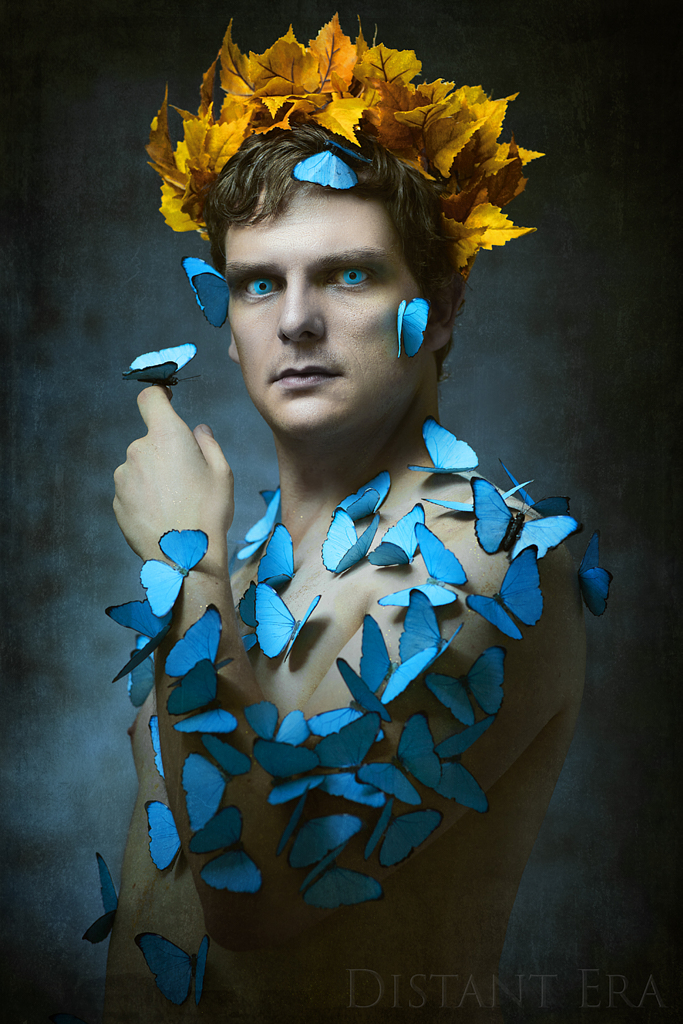
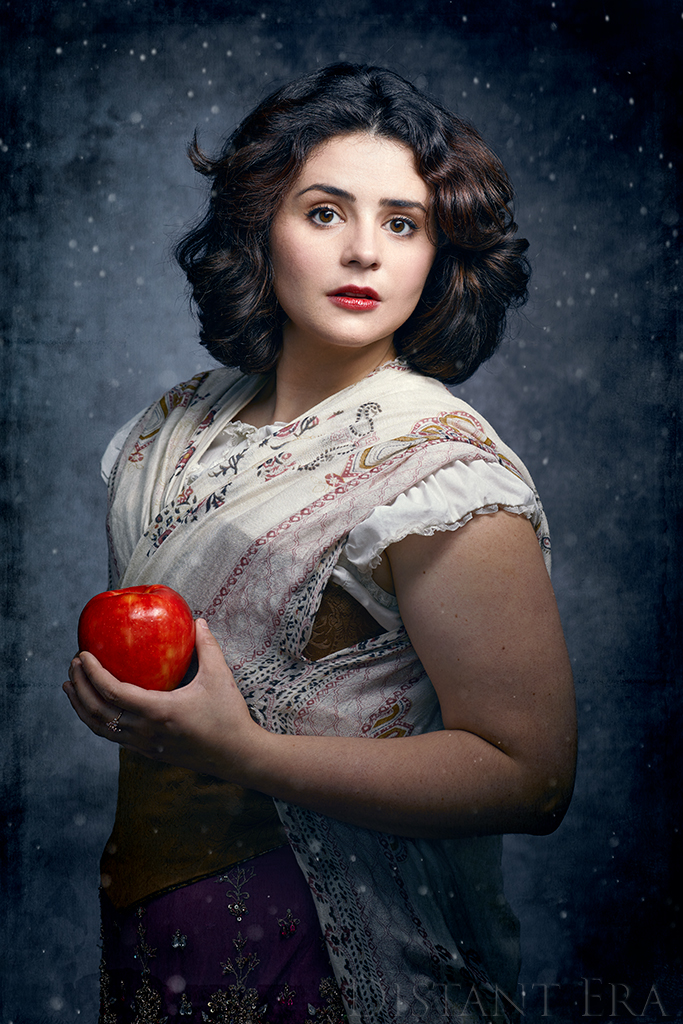
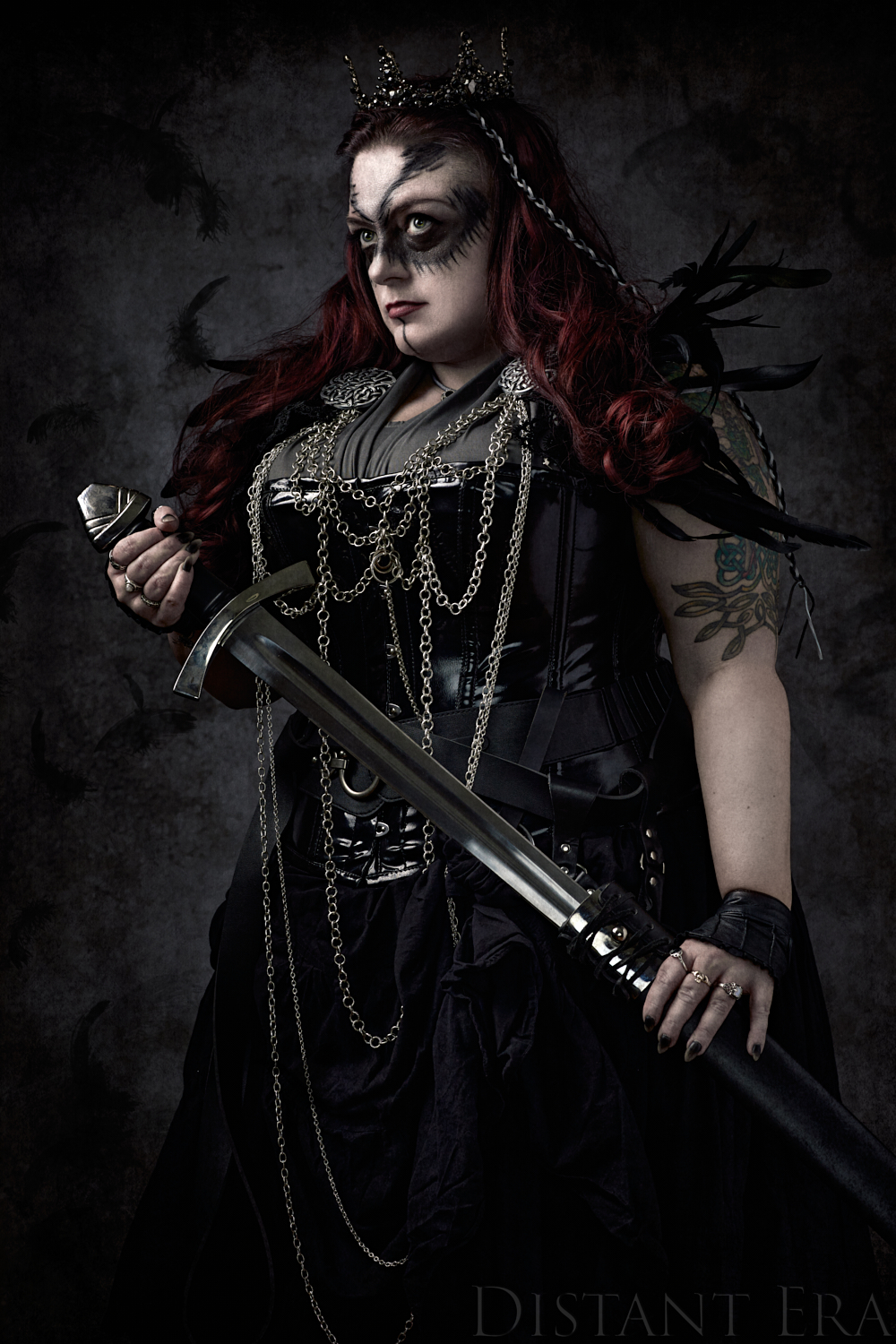
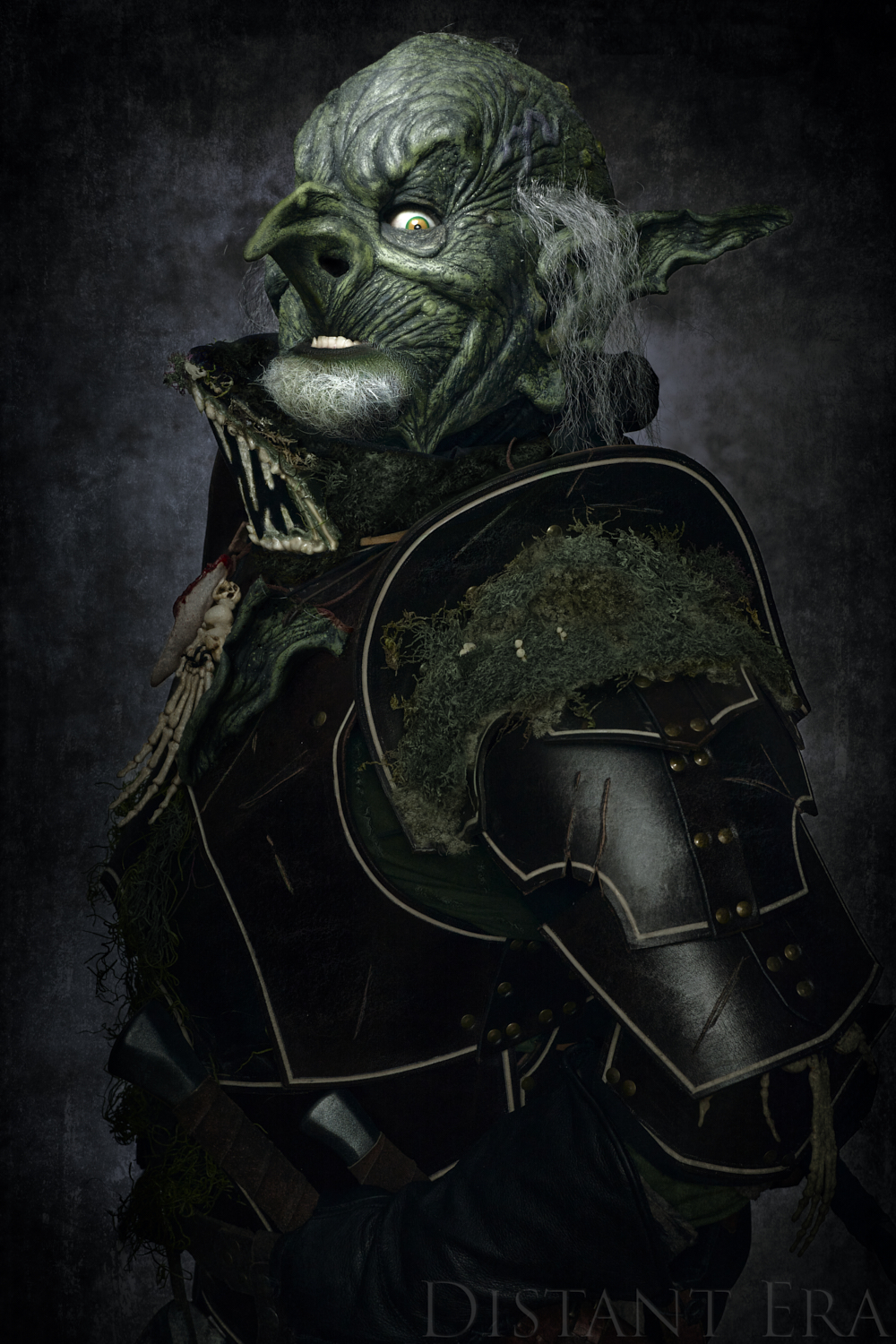
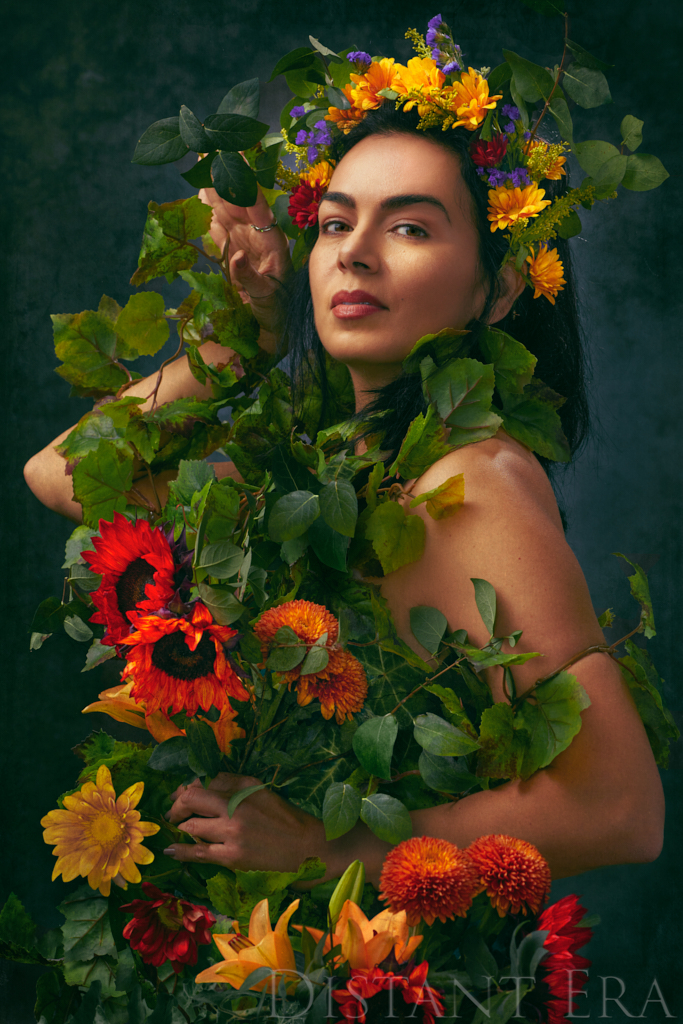
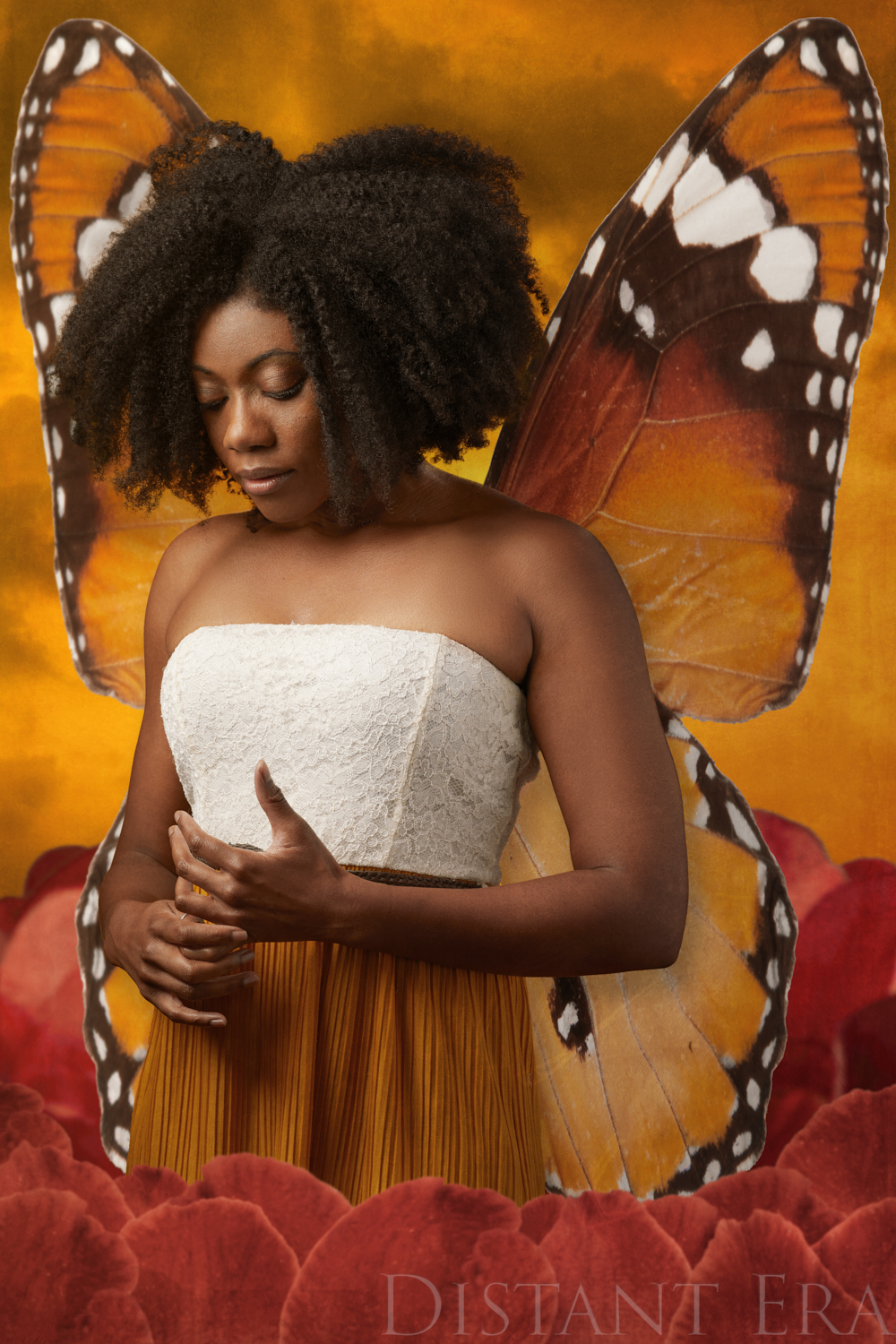
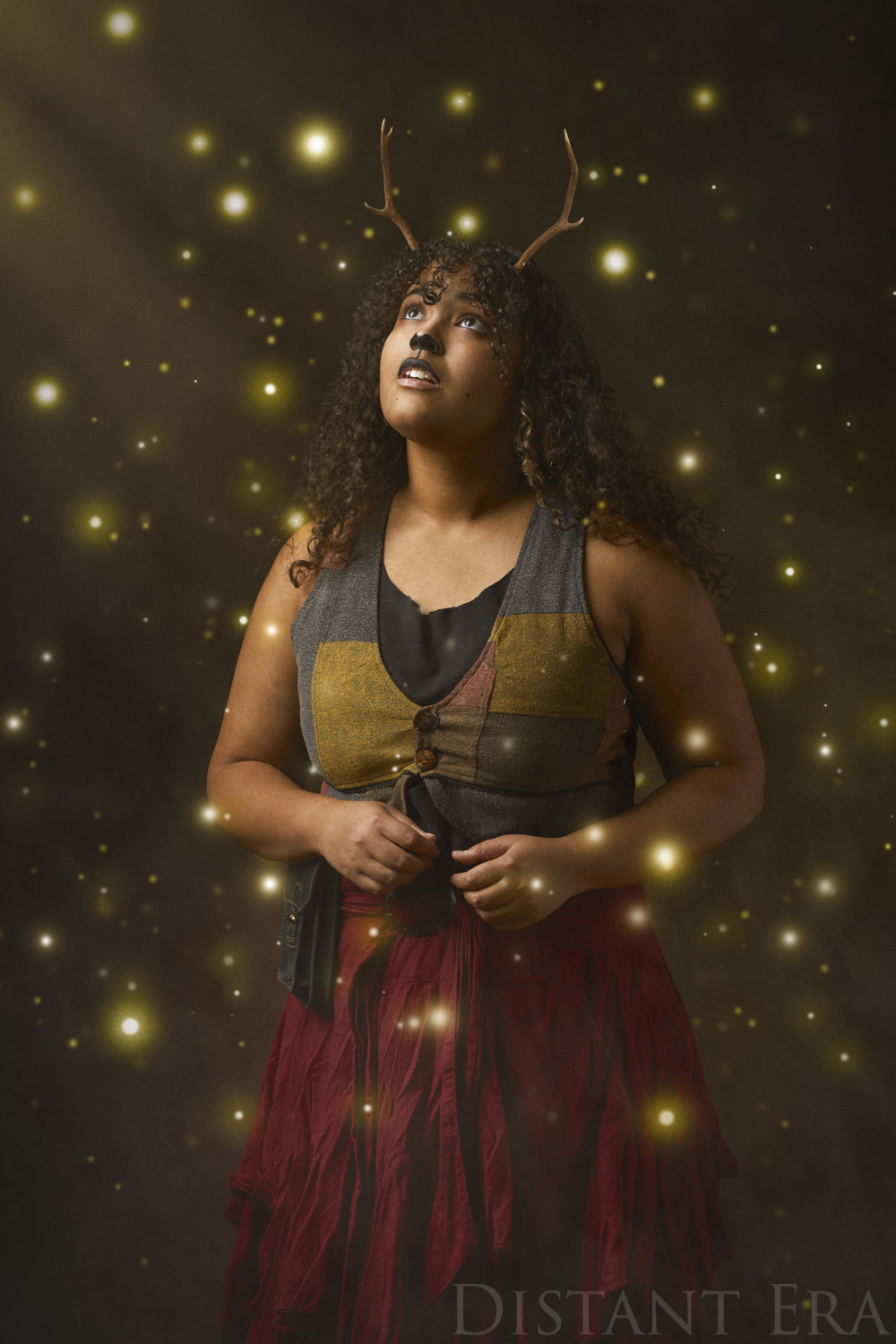
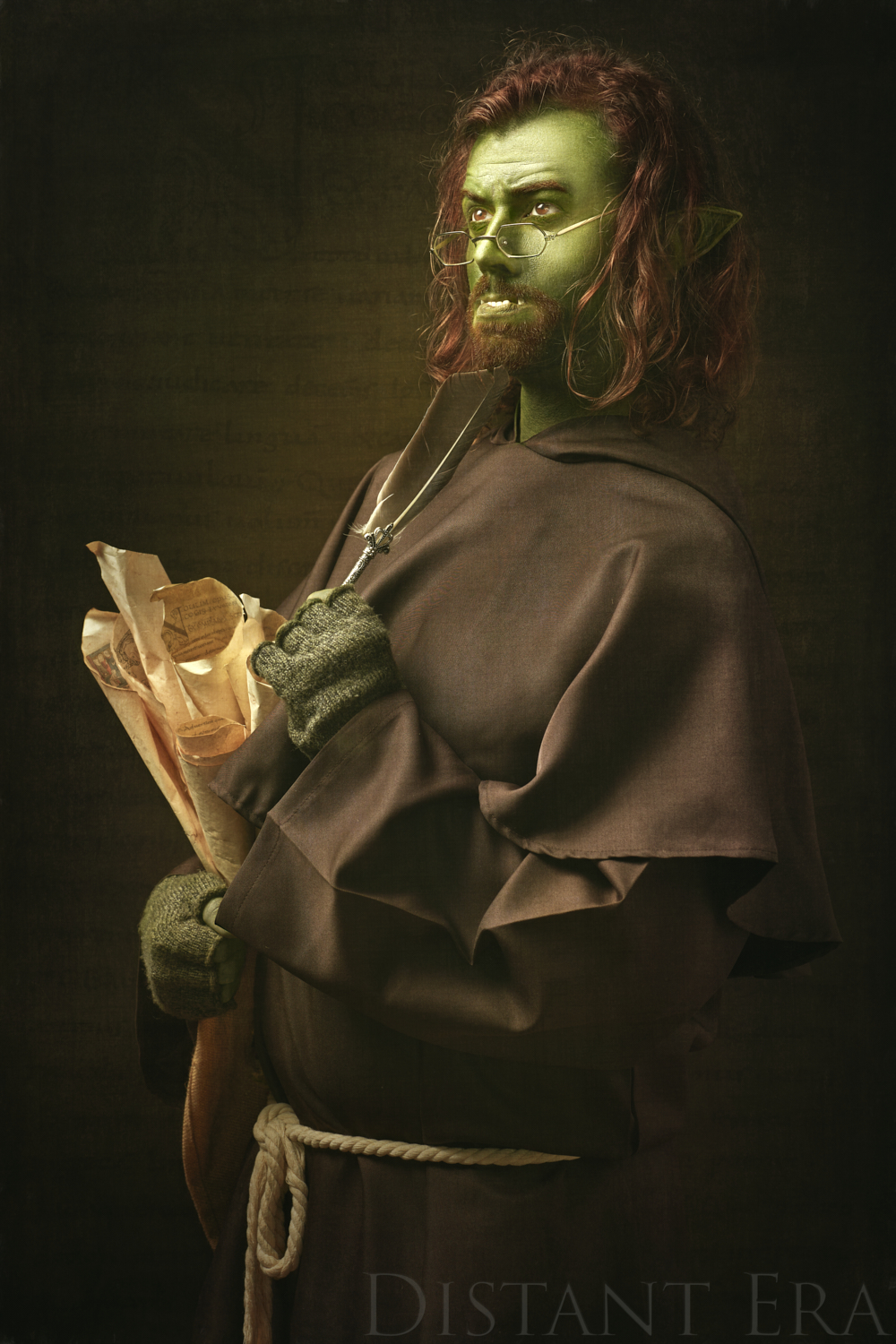
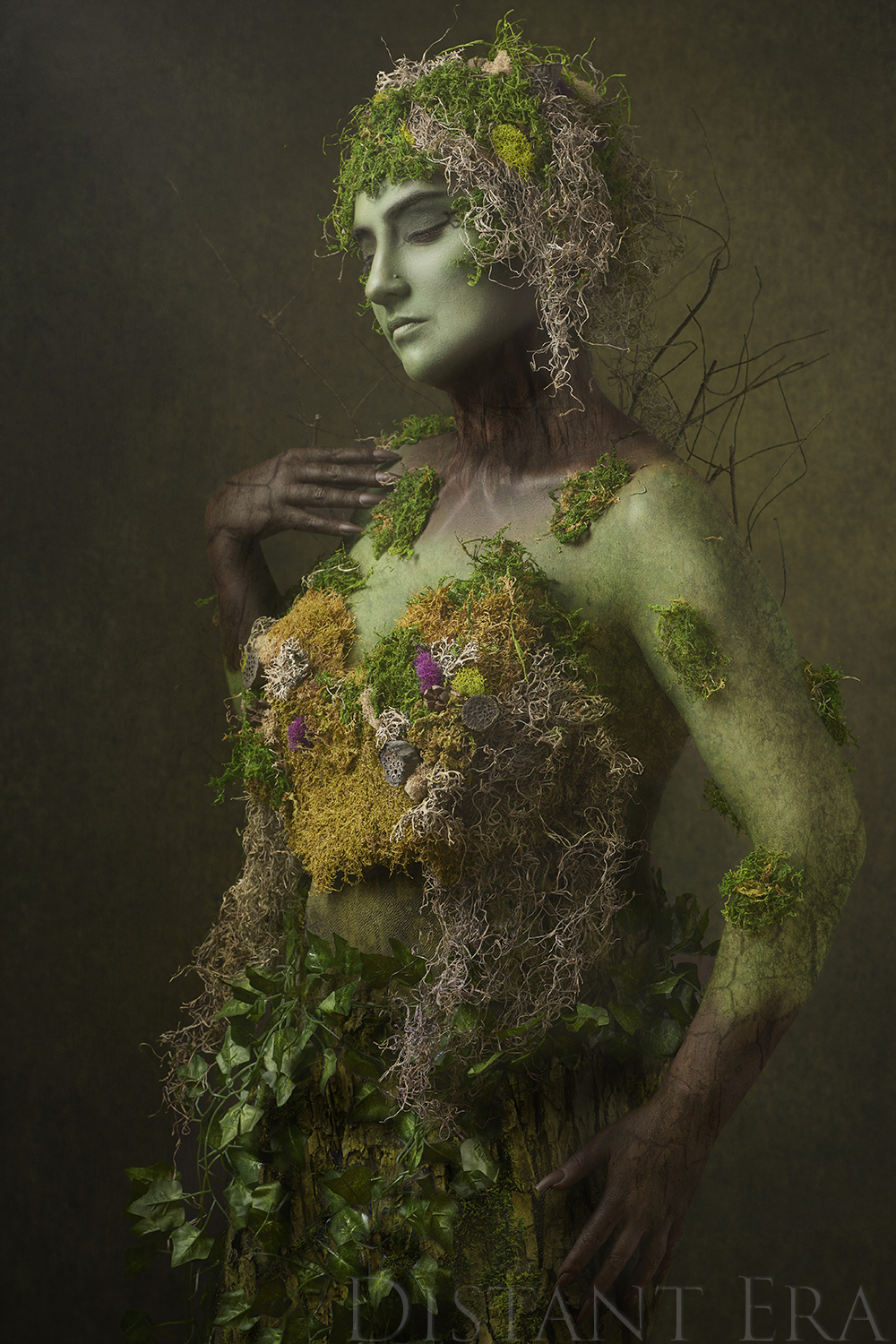
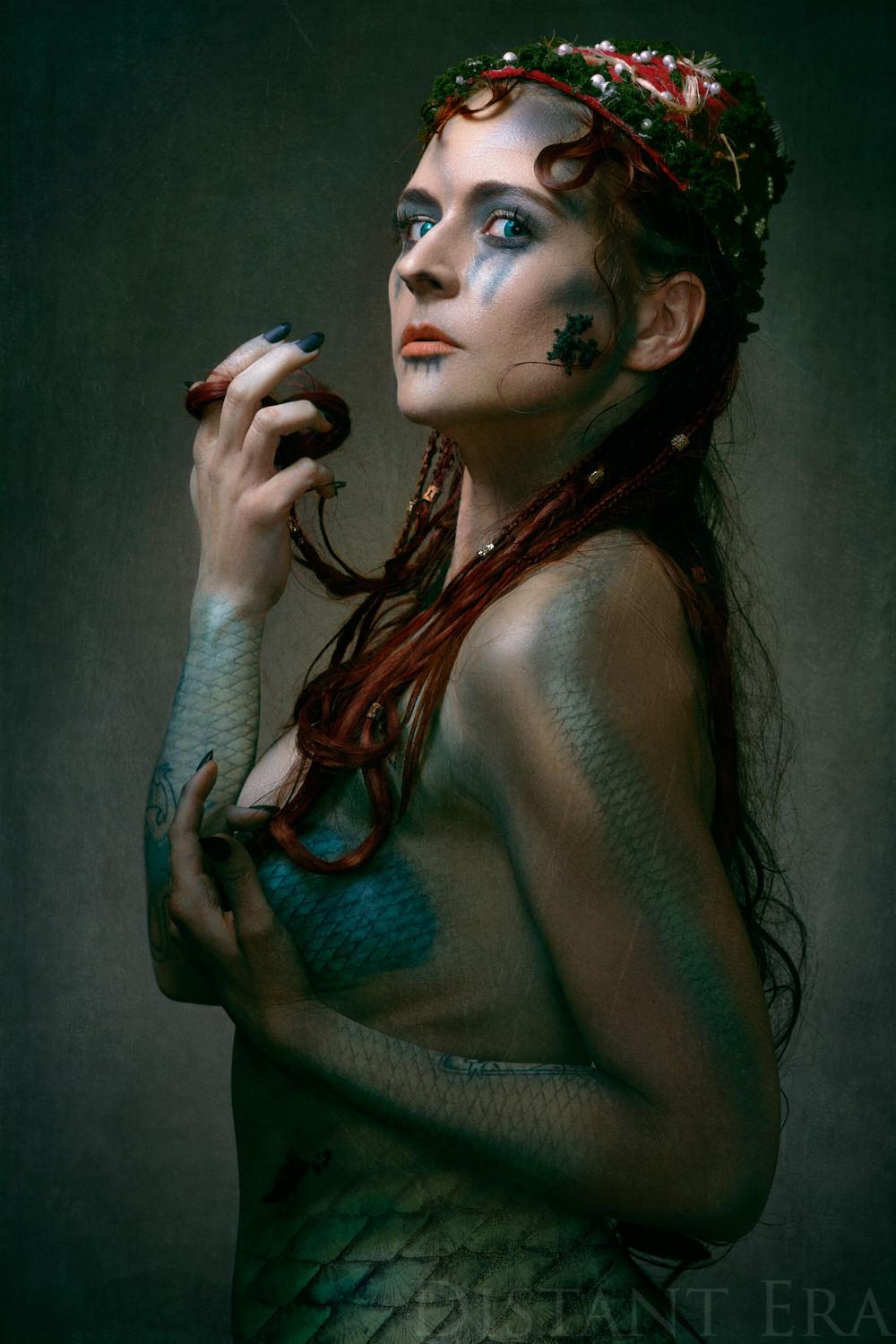
Next in The People of Light and Shadow series…
Hel, daughter of Loki and the giantess Angrboða, bids us welcome to the cold halls of Niflheim…

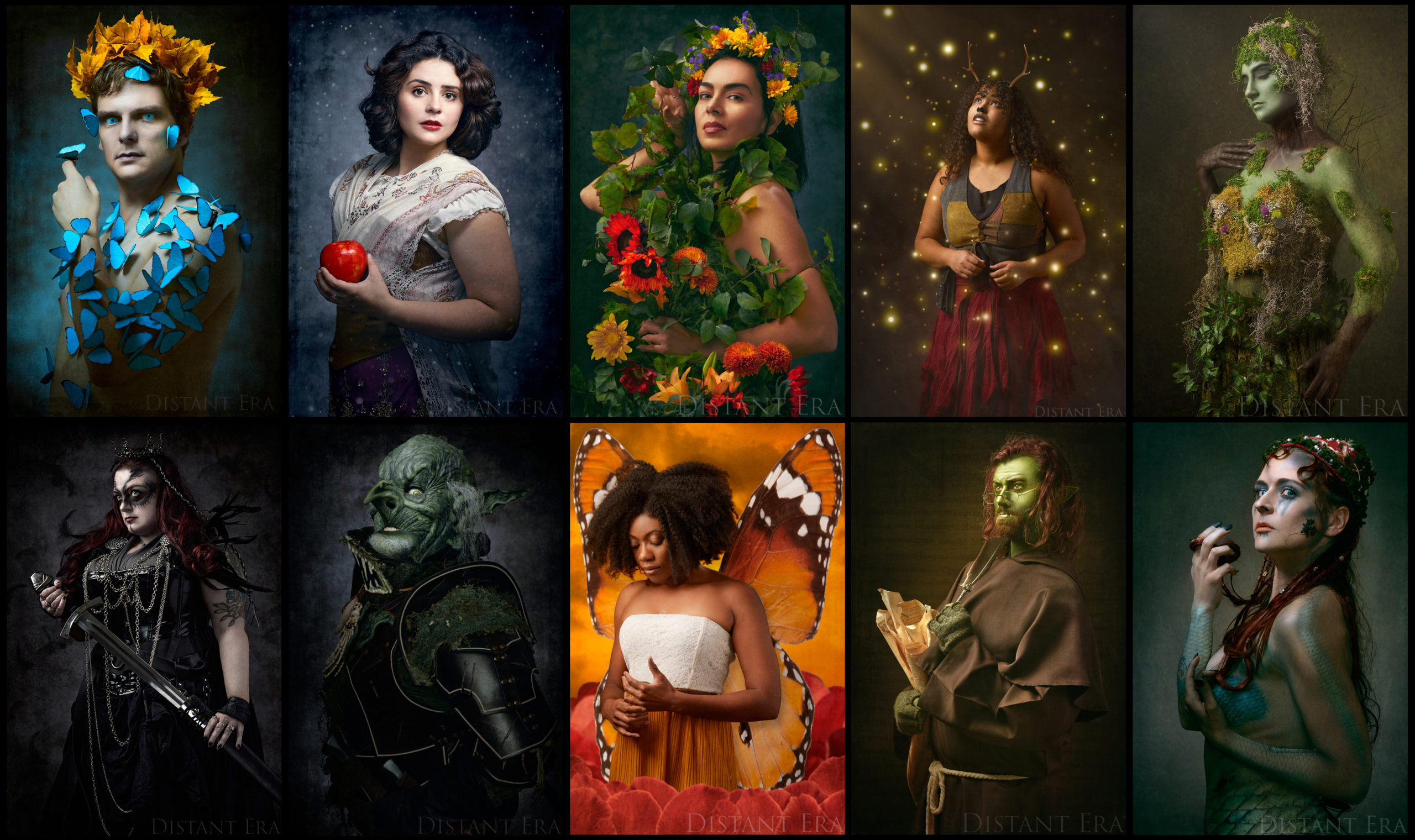

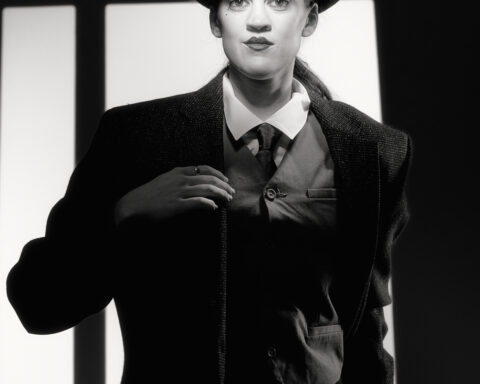
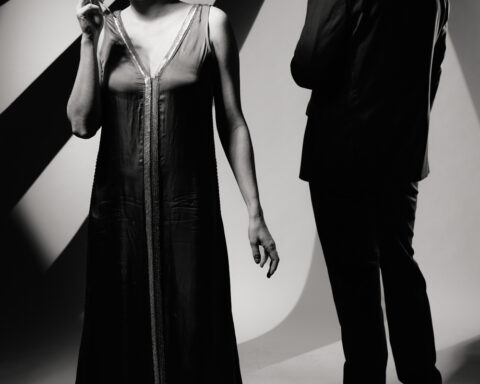
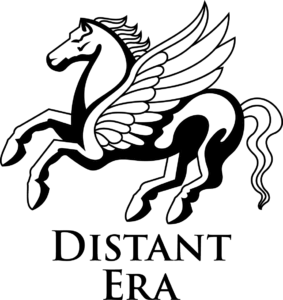
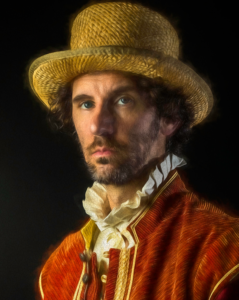
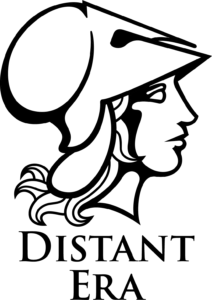
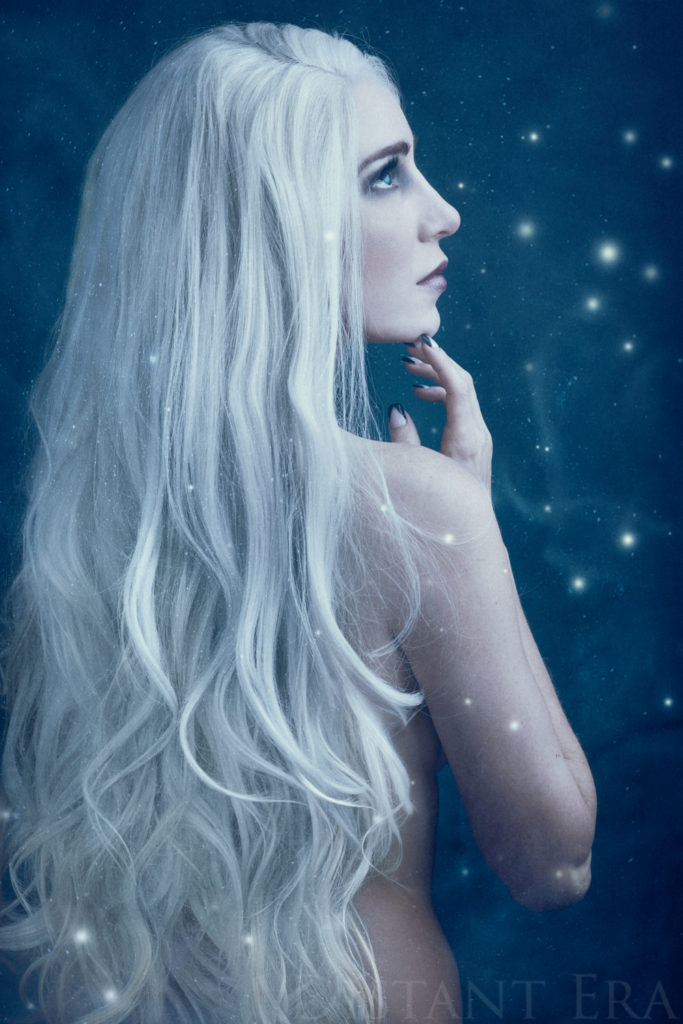
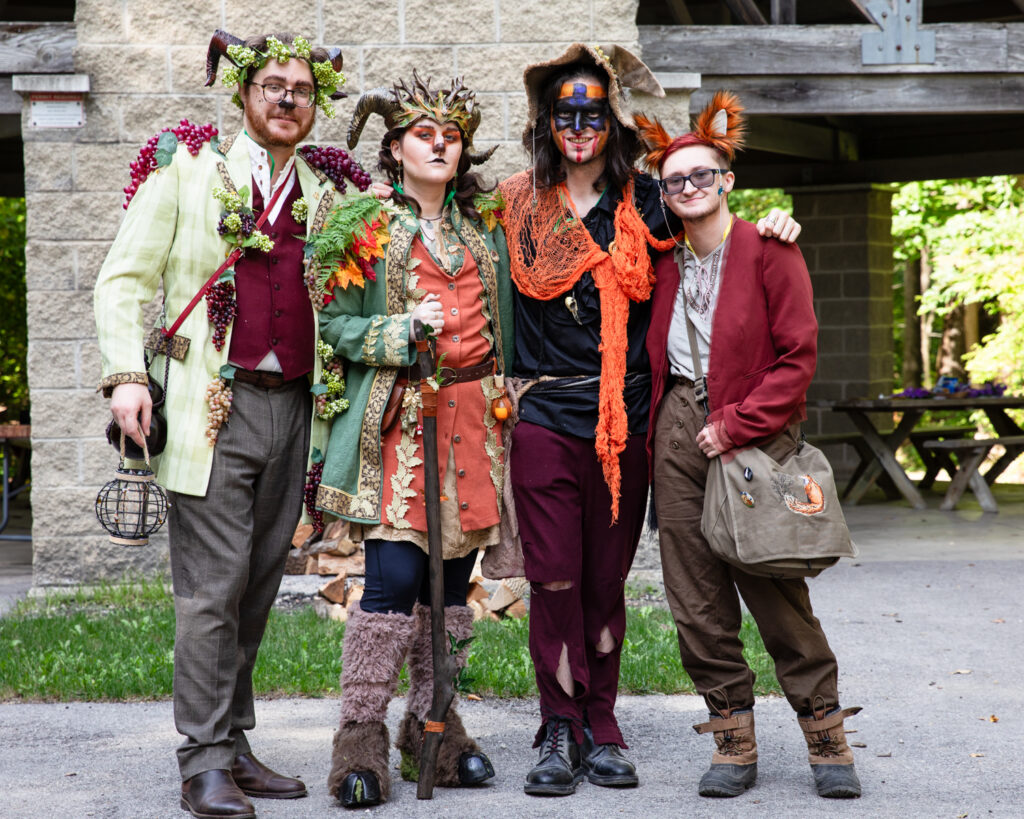
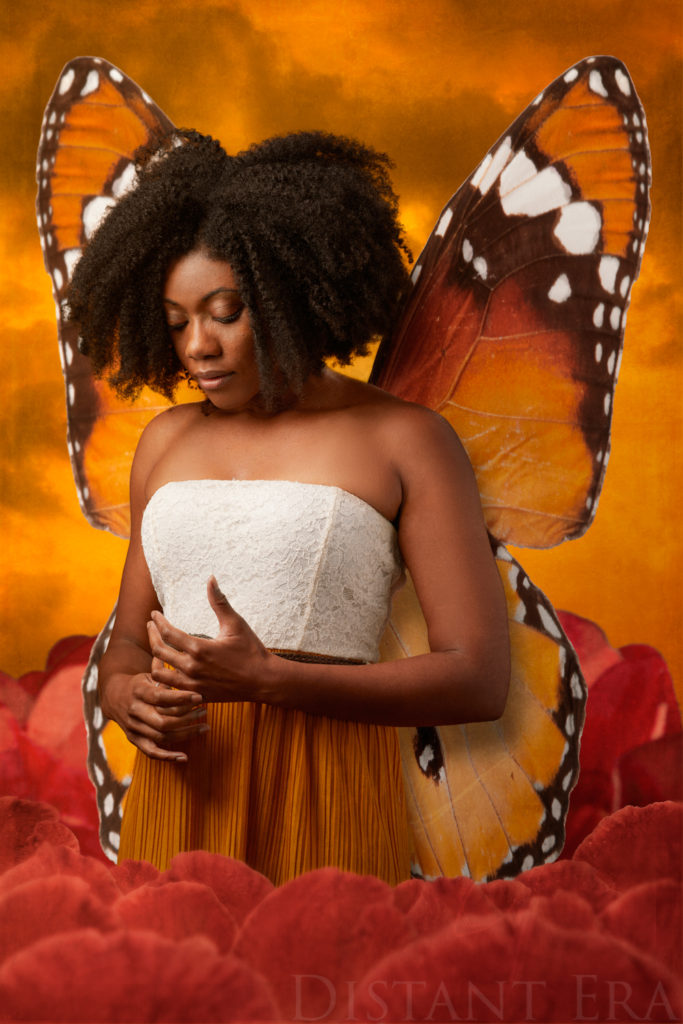
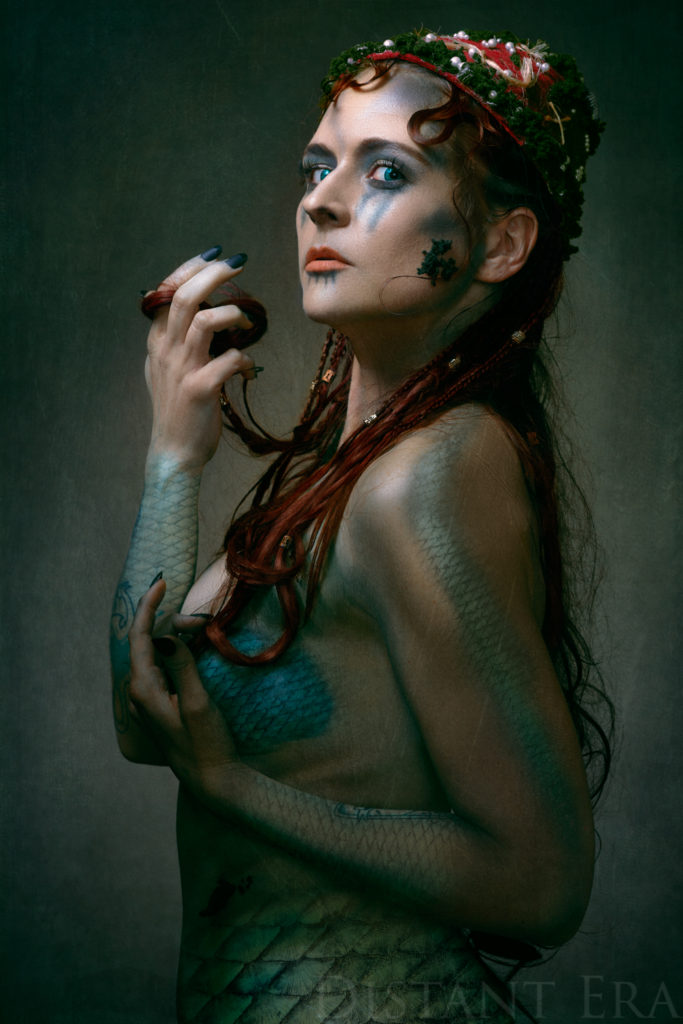
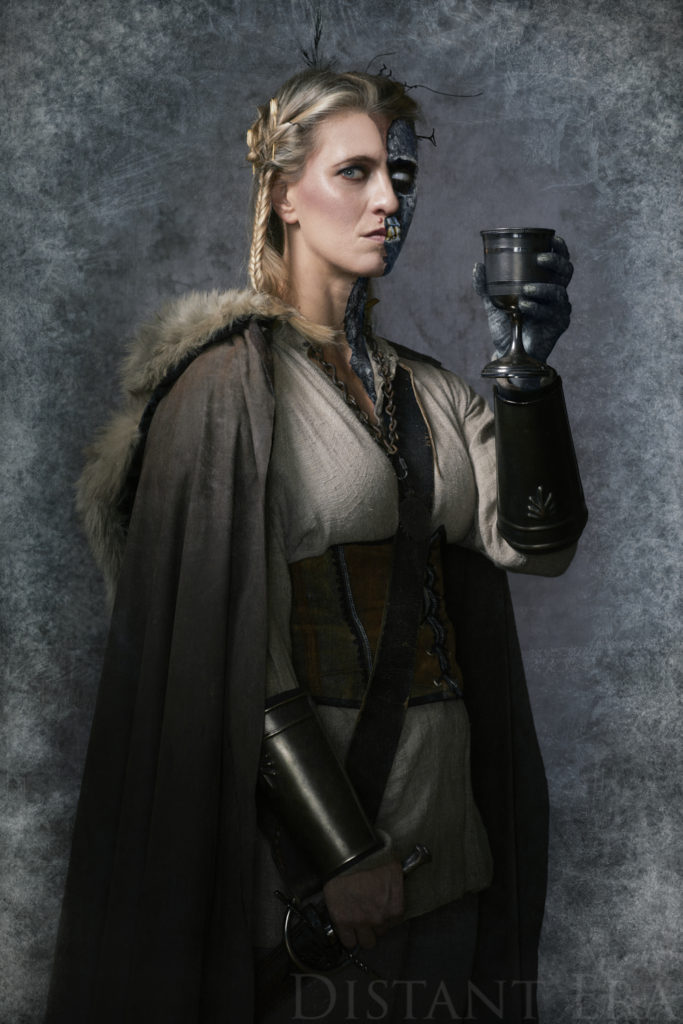
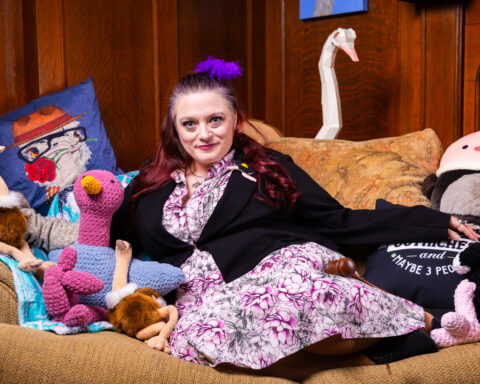


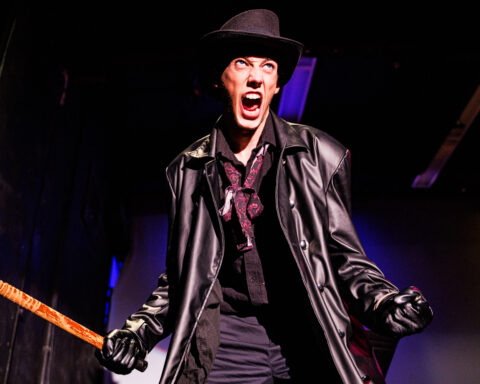
Follow Me